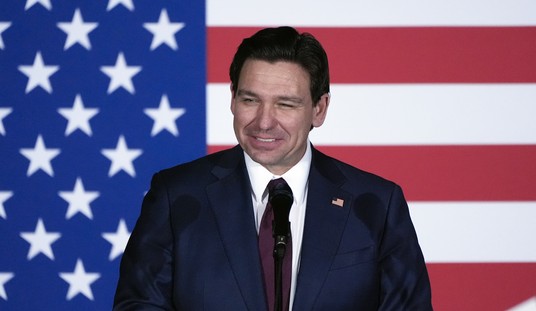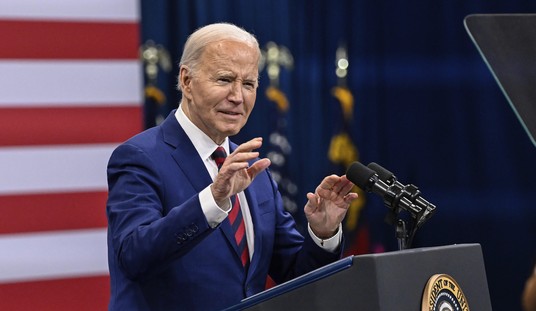"The challenge for the president," The New York Times reported before Tuesday's State of the Union address, "is to convince independents and centrists of his fiscal responsibility without further alienating his base." President Obama tried to accomplish this feat by calling the spending he favors an "investment" and portraying its opponents as shortsighted misers.
Obama depicts budget cutters as panicky passengers "trying to reduce the weight of an overloaded aircraft by removing its engine," a metaphor that transforms frugality into a vice and makes continuing to spend money we don't have seem like the only responsible course. This inversion of values is facilitated by the self-fulfilling conventional wisdom that serious spending cuts are unserious because no one will take them seriously.
According to this view, epitomized by the Times, only rubes imagine that the budget can be balanced by reducing expenditures, while fiscal sophisticates understand the need to carry on as usual, despite a $1.4 trillion deficit and a $14 trillion debt.
"Where Republicans campaigned on a theme of deep reductions in federal spending," the Times said, "Mr. Obama is trying to sell the public a more nuanced, gradual approach. ... The challenge for Republicans is to press their case for spending cuts without appearing dogmatic and irresponsible."
Far from seeming ideologically rigid, Republican leaders in the House are showing so much flexibility that it's not clear they have any backbone at all. In their Pledge to America last September, they promised to "roll back government spending to pre-stimulus, pre-bailout levels, saving us at least $100 billion in the first year alone." Before the new Congress had even convened, that number, which represents just 2.6 percent of the $3.8 trillion budget, had been cut in half.
Recommended
On "Meet the Press" this week, House Majority Leader Eric Cantor, R-Va., explained that the downsizing promise had to be downsized because legislators are starting to discuss cuts "five months into the fiscal year." Evidently Republicans did not realize until after the elections that the current fiscal year began in October.
Still, Cantor said Republicans are committed to hitting their original target "on an annualized basis." By that standard, if they do nothing until September, they can make $8.3 billion in cuts and declare their mission accomplished -- on an annualized basis.
To his credit, Cantor said military programs should not be immune from cuts. But if so, why did the Pledge to America treat defense and homeland security spending, along with entitlements, as sacrosanct?
Operating within those parameters (which take most of the budget off the table), the Republican Study Committee last week proposed $2.5 trillion in spending reductions over the next decade. The plan identifies "more than 100" specific cuts, ranging from small but symbolically potent items such as mohair subsidies and the National Endowment for the Arts to bigger yet equally unjustified programs such as community development grants and taxpayer support for Amtrak. But it relies mainly on freezing non-defense discretionary spending at 2006 levels, with the details to be worked out later.
"Some fiscal experts said the proposal was untenable," the Times reported, "because it would cut much of the federal government nearly in half by 2020, including agencies like the Education Department." By this counterintuitive standard, borrowing money to more than double the department's funding from 2001 to 2010 was tenable, while cutting it by less than half from 2011 to 2020 is not.
But since the Education Department, like much that the federal government does, is not constitutionally authorized, why stop at shrinking it? This month, freshman Sen. Rand Paul, R-Ky., a tea party favorite, plans to unveil federal spending cuts "all across the board'' that total $500 billion in the first year alone. The Louisville Courier-Journal says it "appears likely, based on past comments, that Paul will seek to eliminate the Department of Education." That rustling sound you hear is New York Times reporters leafing through their thesauruses, looking for a dismissive adjective stronger than "untenable."

























Join the conversation as a VIP Member